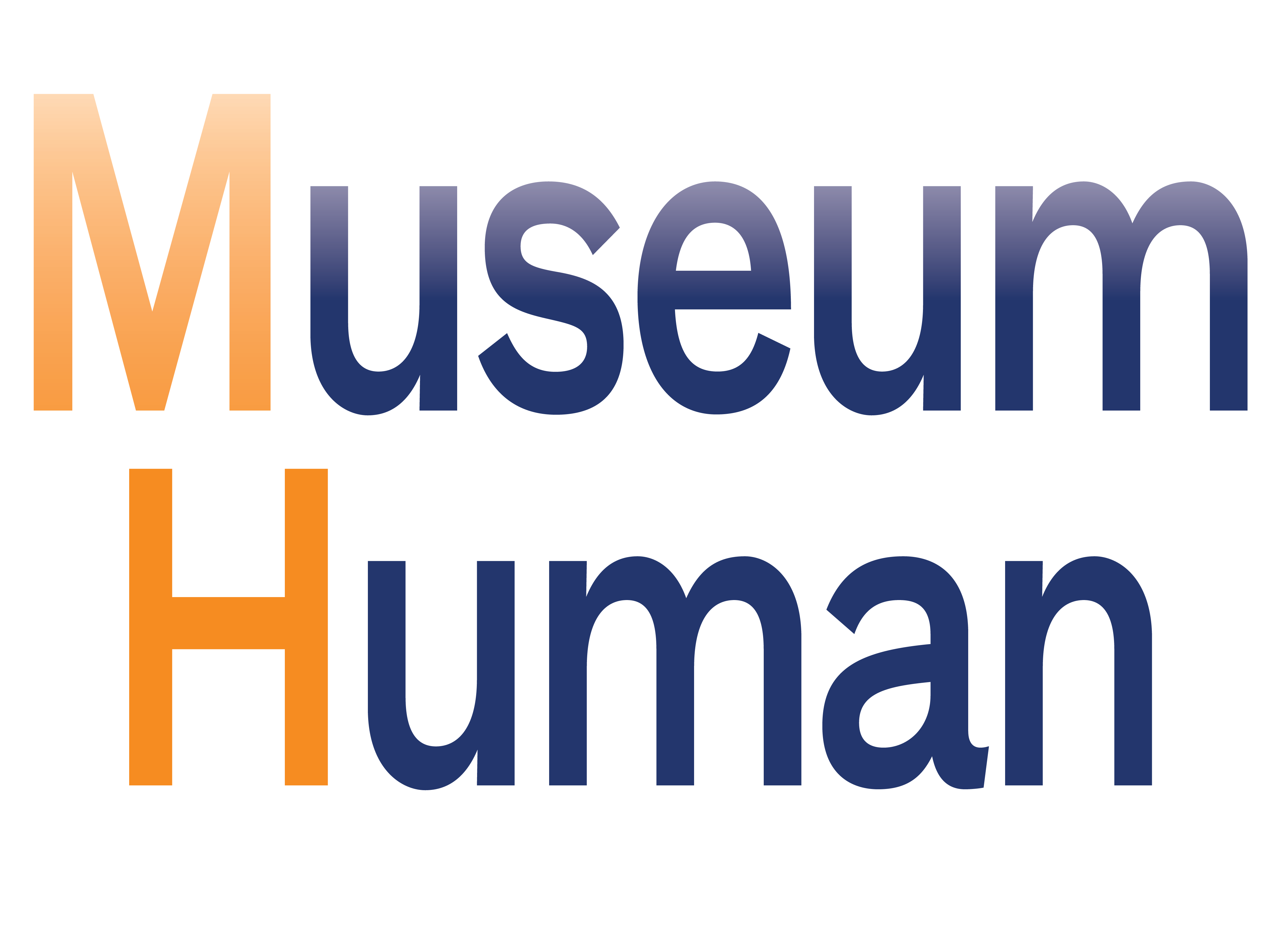
The unequal distribution of time is a museum-field tragedy
If you're reading this and not a subscriber to Museum Human, consider scrolling to the bottom and signing up now—it's free and is the only way to read the site's longer weekly post on the organizational culture of cultural organizations.
Time might be a straight line, though I prefer to think of it as a loop, as in the finale of Loki. (Some astronomers now believe that the universe may be a donut.) We know that time in the US is an f*ed-up seasonal march of ad campaigns, while other cultures may have better, natural conceptions, such as Japan's 72 seasons. Will it all matter if we already know what will happen on Earth in the next billion years or if we don't know what the sun will look like a few eons after that?
We've been sold many personal time management techniques over the years, but these hacks don't change the basic problem that efficiency can't save us from structurally impossible activity levels:
Time management promises us that if we become more efficient, we can make space to accommodate all of our to-dos comfortably. And yet, time management is like digging a hole at the beach: the bigger the hole, the more water that rushes in to fill it. In a world of potentially infinite demands, freeing up an hour on your calendar is akin to setting off a signal flare announcing your capacity to jump on another project or take on an additional role.
This is not to say that time management has no value. Productivity is important. But in a world where burnout is running rampant, we also need strategies for eliminating volume instead of simply accommodating it. There are three things you can do to escape the trap.
1. Reduce the Volume of Tasks
2. Replace Decisions with Principles
3. Use Structure, Not Will Power, to Minimize Distractions
Read on—we'll discuss structural time issues (again) in another article. Fixing time issues is like rearranging folders on our computer desktop—the metaphor just doesn't work anymore, since time can't be paused to consider how to use it better.
There are always articles on fixing burnout culture in museums, but I liked these suggestions in particular in Elizabeth Merritt's AAM article from May:
Including staff in the process of identifying the causes of burnout in the workplace and crafting an organizational response. This may include improving workplace culture, revising policies and procedures, and creating safe, accessible mechanisms to report concerns.
Giving individuals control over their work, e.g., by sharing or delegating authority for decision making. (One notable example: prior to downsizing in the face of pandemic-induced financial losses, the Oakland Museum of Calfornia held over 30 workshops in the course of three months engaging staff in examination of the museum’s finances and overall structure, and soliciting recommendations about the workplace. More generally, “offering flexible work schedules” was one of the actions most frequently cited by respondents to the impact survey as something their employers did to make them feel safe, valued, and supported.)
This fits with an ongoing narrative in Museum Human about the distribution of not just agency and autonomy but authority. It's especially necessary now with the onset of "pandemic brain" (try not to feel nostalgic at the idea that we once thought that normality was approaching this summer):
Beginning in the spring of last year, with the first lockdown, I’d often get distracted and overwhelmed, then lose the plot of my task – a common Covid-era affliction. (The simple act of folding laundry became a slapstick-worthy fiasco.) But now I was fully vaccinated, making plans, and even socializing indoors again. Life was starting to appear almost, well, normal. I felt good. Why had my brain missed the memo – and could I get my trusty pre-pandemic brain back? …
“It’s going to take us some time to recover from it,” says Mike Yassa, the director of the UC Irvine Center for the Neurobiology of Learning and Memory and the UCI Brain Initiative. “It” being the subtle, but frustrating, mental deterioration many of us have incurred over the course of the pandemic. Or, as the phenomenon has come to be known: pandemic brain. …
As Yassa tells me, the pandemic hasn’t merely been a stressful event. It’s been a collection of many simultaneous stressors, some of them life-threatening, that have been compounded by disruptions in our physical activity, daily rhythms, and routines, and stretched out over many months. Yassa thinks we’re finally “on the trajectory to recovery”, though it won’t happen instantaneously. Perhaps sensing my disappointment, he reminds me: “We didn’t get here overnight.”
I don't like the "here's what you can do" coda to the article, but that's common in the Western mindset towards mindfulness.
If we're not getting enough rest, all the supposed solutions won't matter.
Burnout has become a universal condition. Everyone’s tired all the time, and we only sort of understand why. It’s making us less productive, more prone to addiction, and driving an overall decline in life expectancy. Millennials used to be the main group to complain about their chronic lack of energy, but lately age doesn’t seem to matter.
The generic answer to fatigue has been, “do less.”
Not very helpful.
Most of us don’t have a choice to unload our responsibilities. We can’t quit our jobs or abandon our kids. We can’t “delegate more.” We can’t tell our boss to stop giving us so much work. We feel trapped.
Figure out what kind of tired you are.
Prioritize that kind of rest. Let people know you need it.
The problem for (white) Westerners may have started with the "you can do anything" messaging of late-twentieth-century parenting and schooling (this Economist article may be paywalled, I was able to read it in the Pocket app). This leads to credentialism and the expectation of success and the need to constantly network.
And before we jump on technology, ask yourself, as in this HBR case study: "When was the last time a technology created less work for anyone?"
There's also a great piece in Nonprofit AF about taking time.
Read this article on how burnout differs from workaholism and ask yourself, which are you, and which is your organization (or sector, ahem) set up for and predicated upon? Also, check out this Guardian article about loneliness born of the pandemic, and consider if your work was already making this worse?
Org design pro Sam Spurlin is taking a 16-week sabbatical from The Ready and has entries about the time off here and here. You can also subscribe to his Substack newsletter, where his latest post makes a couple of important points:
First, I think most of the popular writing and discourse around personal development has been hijacked by discussion of habits. I’m becoming increasingly convinced that writing about personal development through the lens of habits is like writing about hockey through the lens of one brand of skate. It’s part of the story, sure, but we miss a lot by focusing so intently on one aspect of it. What does a “post-habits” take on personal development and deliberate living look like?
Second, the same appreciation for complexity science and complex adaptive systems that is becoming more mainstream in the way we talk about organizations and organizational change needs to be brought to conversations about personal development. This is possibly an offshoot of my previous point, but it seems that some of the stale thinking that shows up in how we think organizations run is also showing up in how we think about our own individual growth. In the same way that modern organizations are not served by assumptions and operating systems derived in the Industrial Era, I think there are ways to think about personal and professional growth that better take into consideration the reality of the complex systems in which we are all embedded.
Last, I think simple yet deliberate experimentation is the key to all meaningful personal growth. It doesn’t have to be in the highly technical vein of the quantified self movement or require a terminal science degree in order to do it well. In fact, I think ten to fifteen minutes of careful thought every week is probably enough time and effort for a truly transformational personal experimentation practice. Much of my work in the near future is going to be laying out the minimum framework and tools to help people who aren’t naturally drawn to this way of thinking. It takes more time and attention than you’re probably investing right now, but much less than you’re afraid it will take.
I'll be doing more reading about complex systems in the near future. Over the years, I've mentioned some books on systems theory and systems thinking, like the late Donella Meadows' Thinking in Systems (Spurlin mentions an article by Meadows in his piece above), Peter Senge's The Fifth Discipline, and Systems Thinking in Museums by Yuha Jung and Ann Rowson Love. Museum Human subscribers can access part one of my reading list here.
Overstuffed schedules and overlapping responsibility creates their own pressures which are especially daunting for thoughtful individuals, especially people of color. Read how Naomi Osaka is navigating her own path in a world and a field not responsive to her needs, here and here. There's tons of commentary as well about Simone Biles; you can start here and read more here. And add some Serena Williams as well.
Finally, what are we rushing for? Everyone's journey will be different.
Enjoy the links, and ask yourself, if you don't have time, how do your team, department, organization, field, and society make that worse? (But if these groups are responsive to your struggles with time, note that as well.) Don't put all the solutions all on yourself.
If you're reading this and not a subscriber to Museum Human, consider signing up for a free subscription below—it's the only way to read the site's longer weekly post on the organizational culture of cultural organizations. Thank you for reading!
cover image by Tamanna Rumee on Unsplash [description: a circle of paper clips on a blue background]

Links of the Week: July 29, 2021: Time is it After Us by Robert J Weisberg is licensed under a Creative Commons Attribution-NonCommercial-ShareAlike 4.0 International License.






